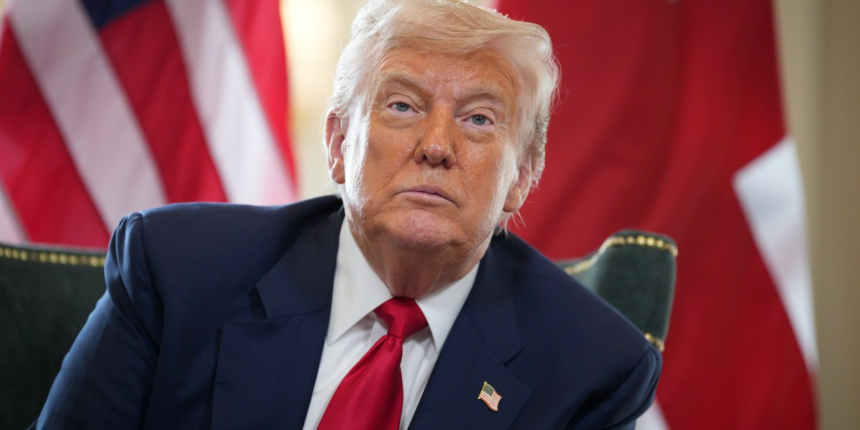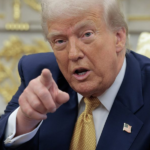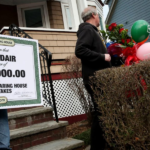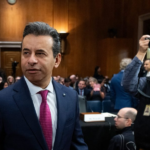S&P 500 futures are down nearly 1% this morning, prior to the opening bell, and stocks across the globe are tumbling too as investors digest Day 1 of President Trump’s latest tariff regime.
That’s only the short-term reaction. The real effects of tariffs won’t arrive in the U.S. for months, analysts are warning.
(Elsewhere, South Korea’s KOSPI fell an astonishing 3.9% today but most of that was because of a new set of taxes on companies and investors announced by the government there. “As you can imagine the proposals are not proving popular amongst market participants,” Reid wrote.)
Nonetheless, analysts are gloomy this morning. Even the good news is being greeted with disdain.
Why? Tariffs, for one reason. CEO Tim Cook told investors the tariffs were expected to cost the company $1.1 billion in the upcoming quarter. Tariffs—among other issues—have wiped $700 billion off Apple’s market cap this year.
That’s the main issue on Wall Street: These extra tariff costs are now baked in and will show up, finally, in the real world in the coming months and through 2026.
“Japanese data indicate that U.S. tariffs have had an overall negative effect on exports,” ING’s Min Joo Kang said this morning. “Japanese exporters appeared to have offset some tariff impacts by reducing prices. But they may eventually pass costs on to consumers, potentially causing delayed price pressures in the U.S.”
UBS’s Paul Donovan put it this way: “The global economy is reverberating with the dull thud of the yoke of taxation dropping onto the shoulders of U.S. consumers. These taxes do not show up in consumer baskets with full force until January next year.”
There are two other downside risks to keep an eye on.
Firstly, today we get the latest jobs number (nonfarm payrolls). The consensus expectation is 105,000 jobs were added but that would be below the three-month average of 150,000, according to Ronnie Walker and Jessica Rindels at Goldman Sachs.
Secondly, personal consumption expenditures are weakening, according to Pantheon Macroeconomics’ Samuel Tombs and Oliver Allen. “Spending already has slowed sharply since last year, with the level of expenditure in June no higher than in December. We expect spending to remain stagnant over the rest of this year, as real incomes tread water amid a softening labor market and burst of goods inflation,” they said.
No prizes for guessing where that “goods inflation” is coming from.
Here’s a snapshot of the action prior to the opening bell in New York:









